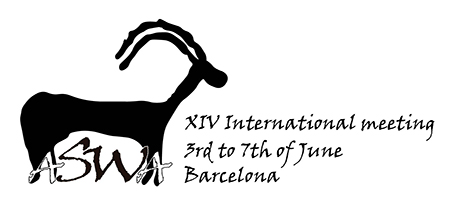The Judean Desert is a northern extension of the Negev, contained within the eastern slopes of the Judean mountains to the Jordan Valley. The aridity of the Judean Desert is ameliorated by the presence of wadis (= valleys) with water, which are biodiversity hotspots for flora and fauna. The absence of mammal species that have been identified in the zooarchaeological record (such as deer, leopards, and maned rats), suggests that human activities in the region may have contributed to sharp changes in community structure through the Holocene. Here we investigate the effect of these extinctions in the Judean Desert ecosystem by using food web theory and network analysis.
We build a food web of the Judean Desert through an exhaustive search in the literature and other online sources. We complete the food web with species no longer present in the Judean Desert, based on archaeozoological data We then model the random extinction of species in the food web and calculate network parameters, including number of links (L), number of species (S), connectance (L/S), predator:prey ratio (P/p), and number of secondary extinctions (ExtAcc). We use this random extinction model as the null model to compare the real known data on species extinction. The results show that changes in the network parameters of the real extinction model are significantly different (p <0.05) from the null random model.
We hypothesize based on differences in network parameters that this departure from the null model is related to trophic cascade effects produced by the extinction of the top predator, the leopard, which considerably affected food web stability and predator-prey interactions in the study region. We discuss these results in the context of human occupation intensity in the area and the archaeological record.

 PDF version
PDF version
